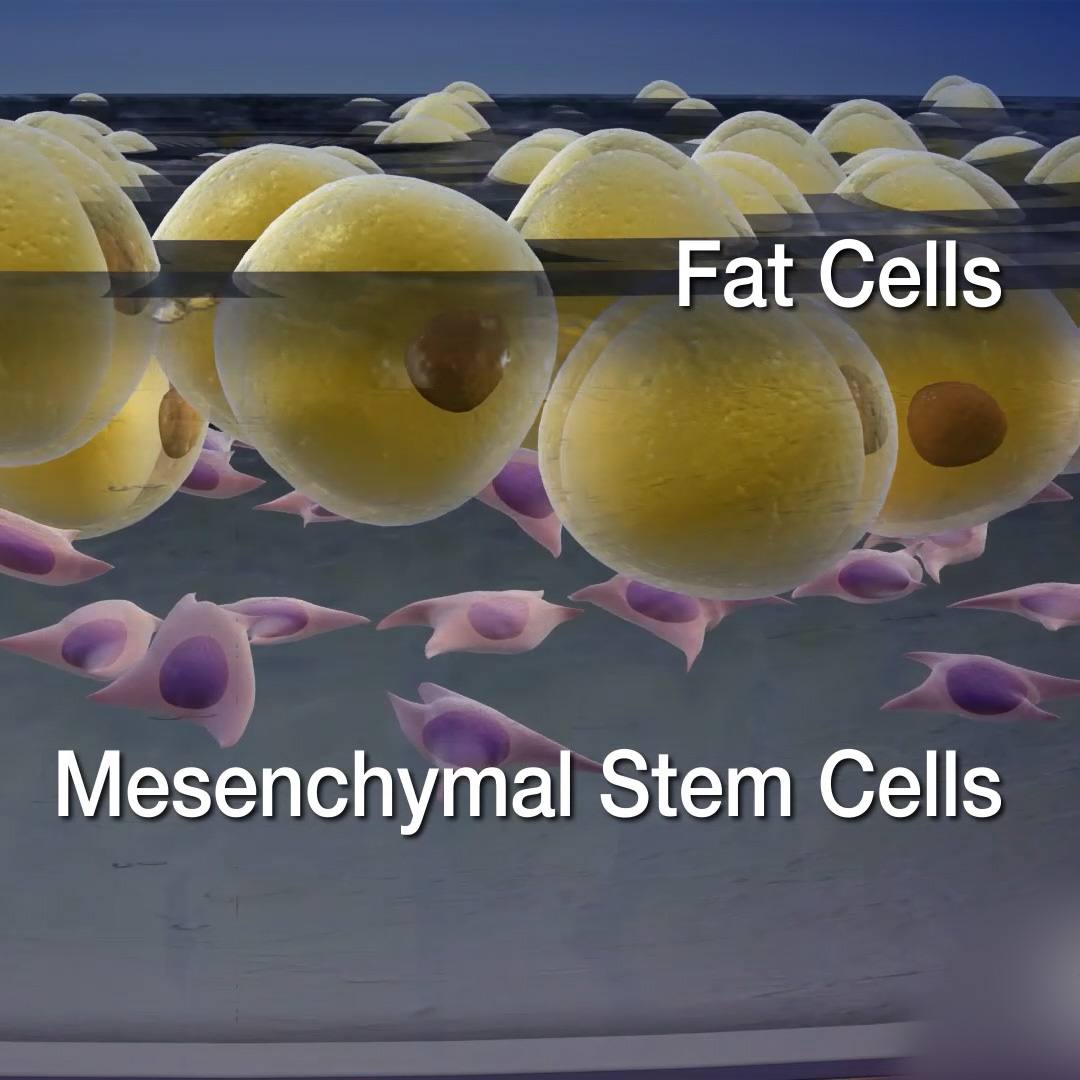Considered the most aggressive type of brain cancer, glioblastoma grows rapidly, destroying healthy tissue. Globally, approximately 300,000 people are diagnosed each year with glioblastoma.
Journalists: Broadcast-quality video (1:05) is in the downloads at the end of this post. Please courtesy: "Mayo Clinic News Network." Read the script.
Glioblastoma is a type of cancer affecting glial cells, which connect nerve cells and support brain function.
"It tends to be a tumor that also tends to grow and invade the brain," says Dr. Alfredo Quinones-Hinojosa, a neurosurgeon at Mayo Clinic. "Sometimes it can be slow and steady, but it tends to grow very fast."
Despite significant advances in surgery, chemotherapy, immunotherapy and radiation technology, the prognosis of glioblastoma remains poor.
“The median survival of patients with the best therapies tends to be between 12 and 14 months,” says Dr. Quinones-Hinojosa.
There is no known cure for glioblastoma, but treatments may help slow the progression or help stabilize the quality of life. Research is making strides, giving patients more options and hope.
“Research is crucial to find hope and healing on every corner of our operating room, in every corner of our laboratory, and to connect those two, ultimately, through our patients," says Dr. Quinones-Hinojosa.
Related Articles







